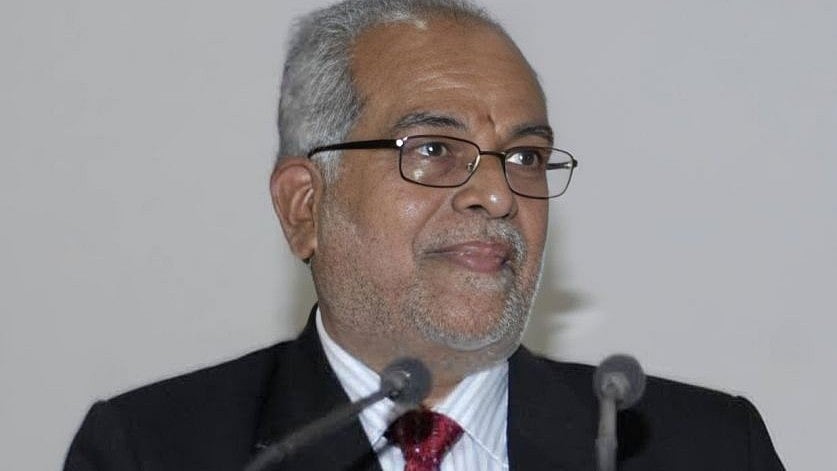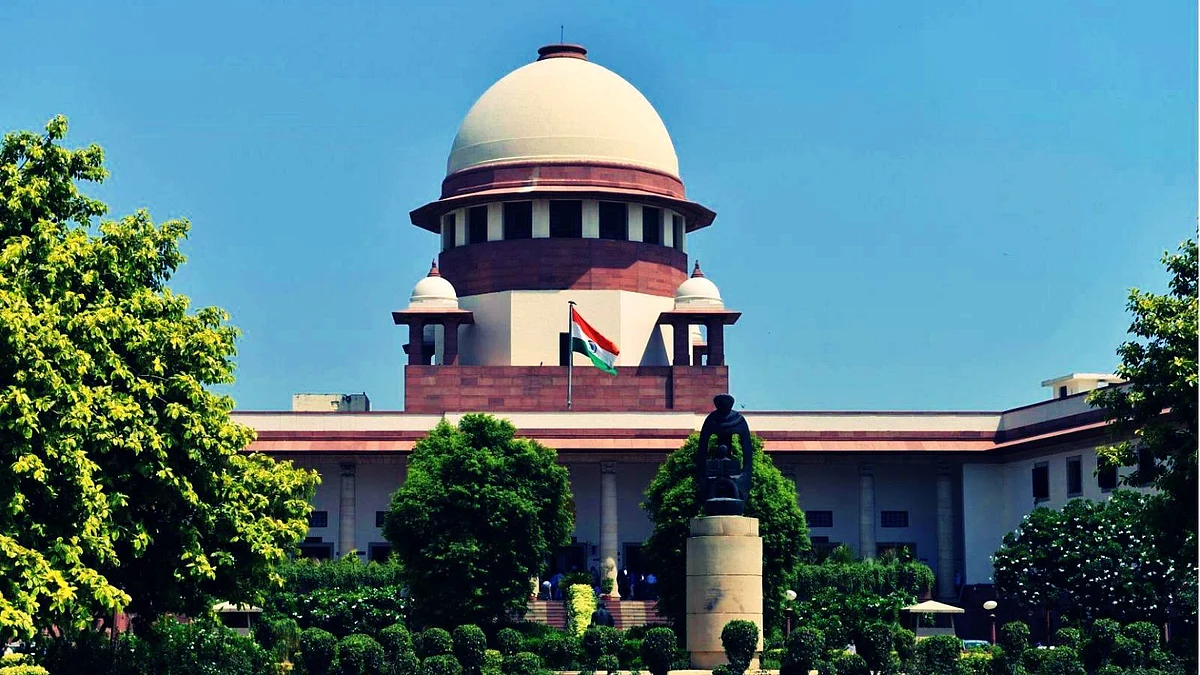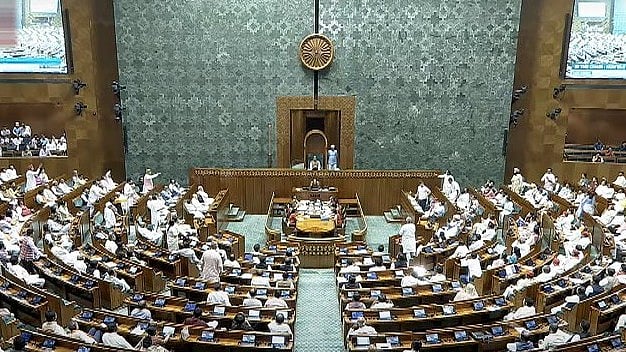THE country has more than three million elected representatives across all local bodies, of which more than a million are women. More than half of these are heading the local body as sarpanch or chairperson of the district body.
This year marks the twenty fifth anniversary of the historic 73rd and 74th amendments to the constitution of India. These two amendments conferred constitutional status to local self governments in rural and urban areas. The respective bills were tabled in Parliament by the government of Prime Minister Narasimha Rao, and were passed by both houses in December 1992. An earlier constitutional amendment aiming to introduce a three tier governance structure in rural areas (panchayati raj) was defeated by the Rajya Sabha in 1989. So, the successful passage of amendments 73 and 74 in Parliament was historic. Subsequently, more than half the state assemblies ratified the two bills (much like the GST amendment last year), and the bills became law in April 1993. The 73rd and 74th amendment became respectively the Panchayati Raj Act and Nagarpalika Act in April and June that year.
The twenty fifth anniversary is an appropriate occasion to reflect on how the amendments have fared, in letter and spirit. Before these amendments, the constitution recognised only states as sub-national entities. There were three lists which identified the domain of governance, policy making and legislation. These were respectively the Union, State and Concurrent list. Thus, for instance, defence, foreign policy, currency or income tax is the domain of the Union government. Agriculture, land revenue and police are in the States’ list. Labour and education policy are in the Concurrent list.
The two amendments led to the creation of two new schedules in the constitution, which identified areas which would become the domain of the rural and urban local bodies. These are the eleventh and twelfth schedules. The Acts don’t make it mandatory to devolve these functions, but make it recommendatory. The Acts are aimed at empowering the local governments with legislative and executive powers, i.e. with well demarcated powers and responsibilities. Until the passage of these Acts, it was left to respective state governments to decide how much autonomy they would delegate to lower levels of government. That discretion has been taken away. The key mandatory provisions of 73 and 74 amendments, are (a) regular direct elections to all local bodies; (b) setting up of state level election commission and finance commissions; (c) mandatory reservation of seats for Dalits and Adivasis in every local body, proportionate to their share in the population; (d) 33 percent reservation for women; and (e) setting up of District Planning Committees that consolidates plans of rural and urban bodies.
Apart from these mandatory provisions, the Act recommends the devolution of funds, functions and functionaries (the 3 “F”s) to the third tier of government. The actual performance of the 3F devolution across different states of India is variable due to a variety of reasons. Either the representatives and officers at the state level are unwilling to relinquish power and resources to municipalities and panchayats, or they don’t have the confidence in the capacity of the third tier. Some states had been dragging their feet even in holding the mandatorily required elections to the panchayats. Or to implement the recommendations of the state level finance commissions. Thus, local governments remain starved for funds and functionaries.
As we review the status of the two historic amendments, we have to acknowledge that much work remains to be done, even as there has been substantial progress. For instance, many states have gone ahead and introduced 50 percent reservation for women in all local bodies. In some other states, despite the 33 percent quota, the actual share of women is more than 40 percent, which implies that women are winning in open category seats as well.
The country has more than three million elected representatives across all local bodies of which more than a million are women. More than half of these are heading the local body as sarpanch or chairperson of the district body. This is nothing short of a silent revolution. Nowhere in the world do women hold elected office in such large numbers. Yes, there is a long way to go toward the true spirit, but this is still a significant achievement. In the early years, there was an impression that women in panchayats or municipalities were simply proxies for their husbands or fathers. That may no longer be true, at least as rule. Many women heads of local bodies are occupying office on their own record and steam. Another major headache, was that vested interests (mostly male) who disliked an assertive woman sarpanch, used the instrument of “no-confidence” motion in the panchayat to remove her. This was becoming rampant. The remedy was to have a directly elected sarpanch. For instance, the state of Maharashtra passed a reform law this year, which mandates direct elections to the post of sarpanch and heads of municipal councils. In a village, then, only the gram-sabha with a two-third majority can pass a no-confidence motion. The power of the coterie who toppled the chief within the panchayat is effectively taken away.
The problem of funding for the local bodies remains a big challenge. Their power of taxation is severely limited. Property taxes cannot be increased. Indeed, in a celebrated case, the tiny village of Dabhol tried to levy a property tax on the Enron power project to fund a local hospital, but lost this case in the courts. The thirteenth finance commission for the first time found a way to devolve funds directly to the third tier. But, it was too small. The cities and villages still largely depend on the mercy of respective state governments for all their development and welfare spending needs.
Unlike cities, the villages are in a slightly better shape, because the budgets of state level rural development ministries are large, and do benefit the gram panchayats. But for cities, the problem is more acute. There is a proposal to have a rule based fixed share of the GST revenues of a state, carved out to respective municipalities. But, whether it will be actionable remains to be seen. Thus, while we push the agenda for cooperative fiscal federalism, let’s not ignore the challenge of routing the funds to the lowest tier.
Despite these challenges of meaningful devolution of funds and functions, the Panchayati Raj Acts have certainly ushered in the ethos of decentralised governance. To that extent, India’s democracy is stronger today.
The writer is an economist and Senior Fellow, Takshashila Institution. (Syndicate: The Billion Press)
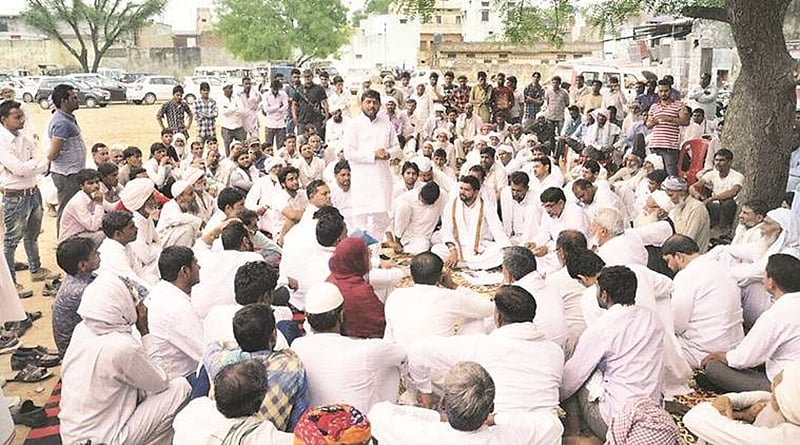


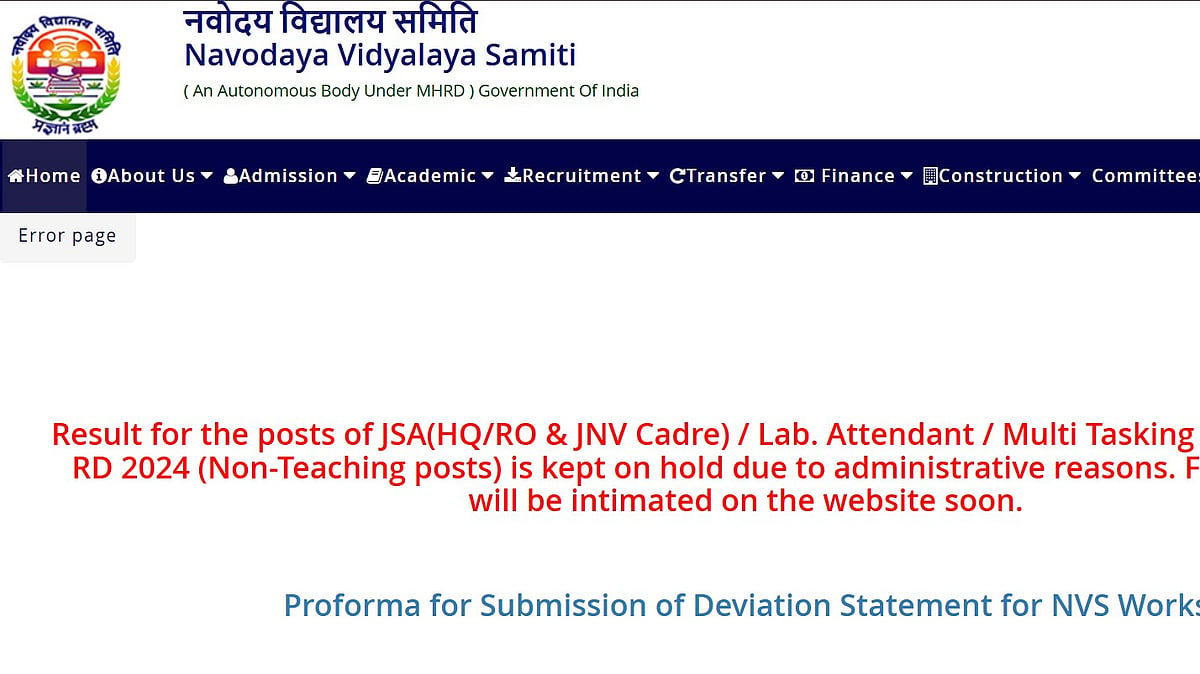


.jpg)
